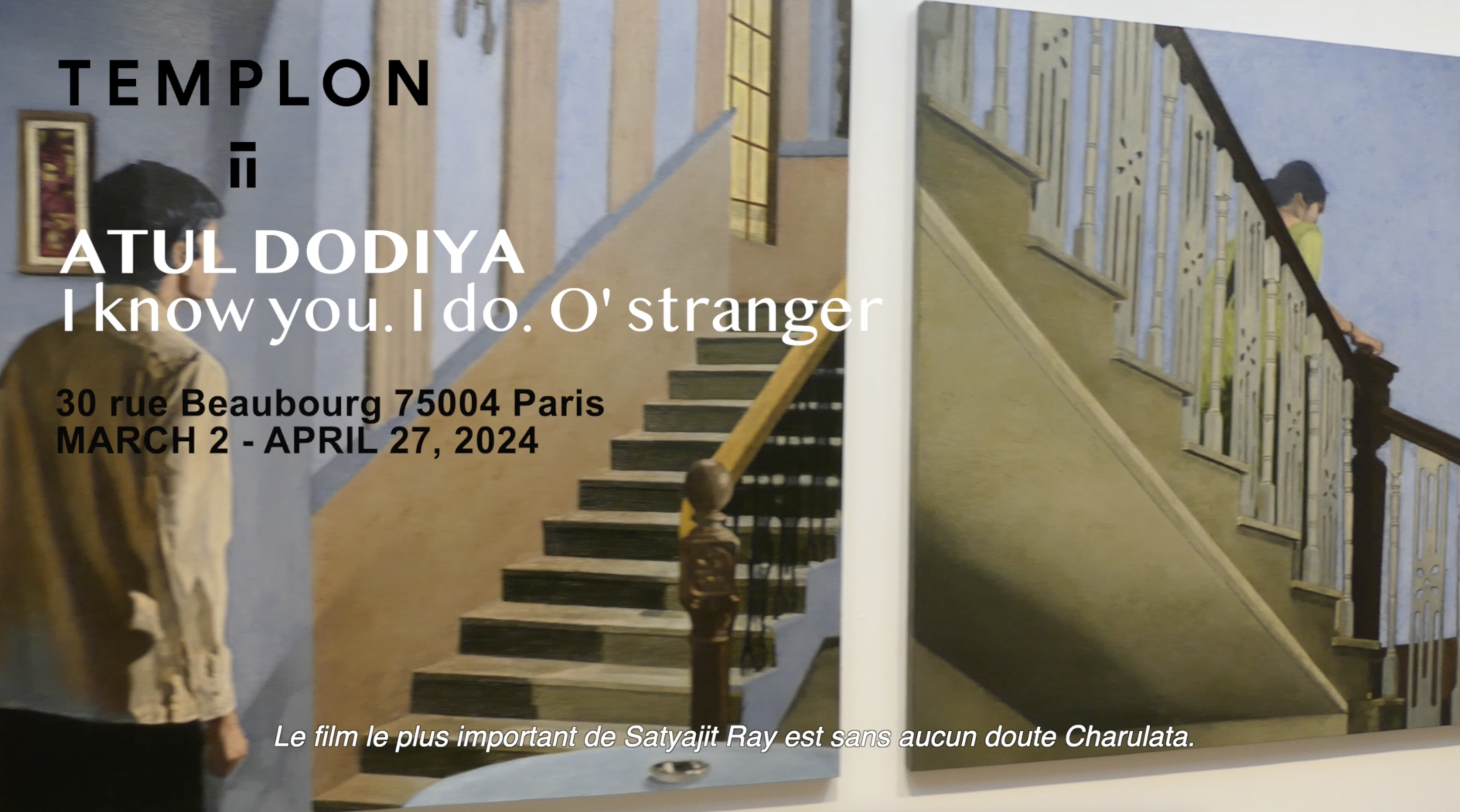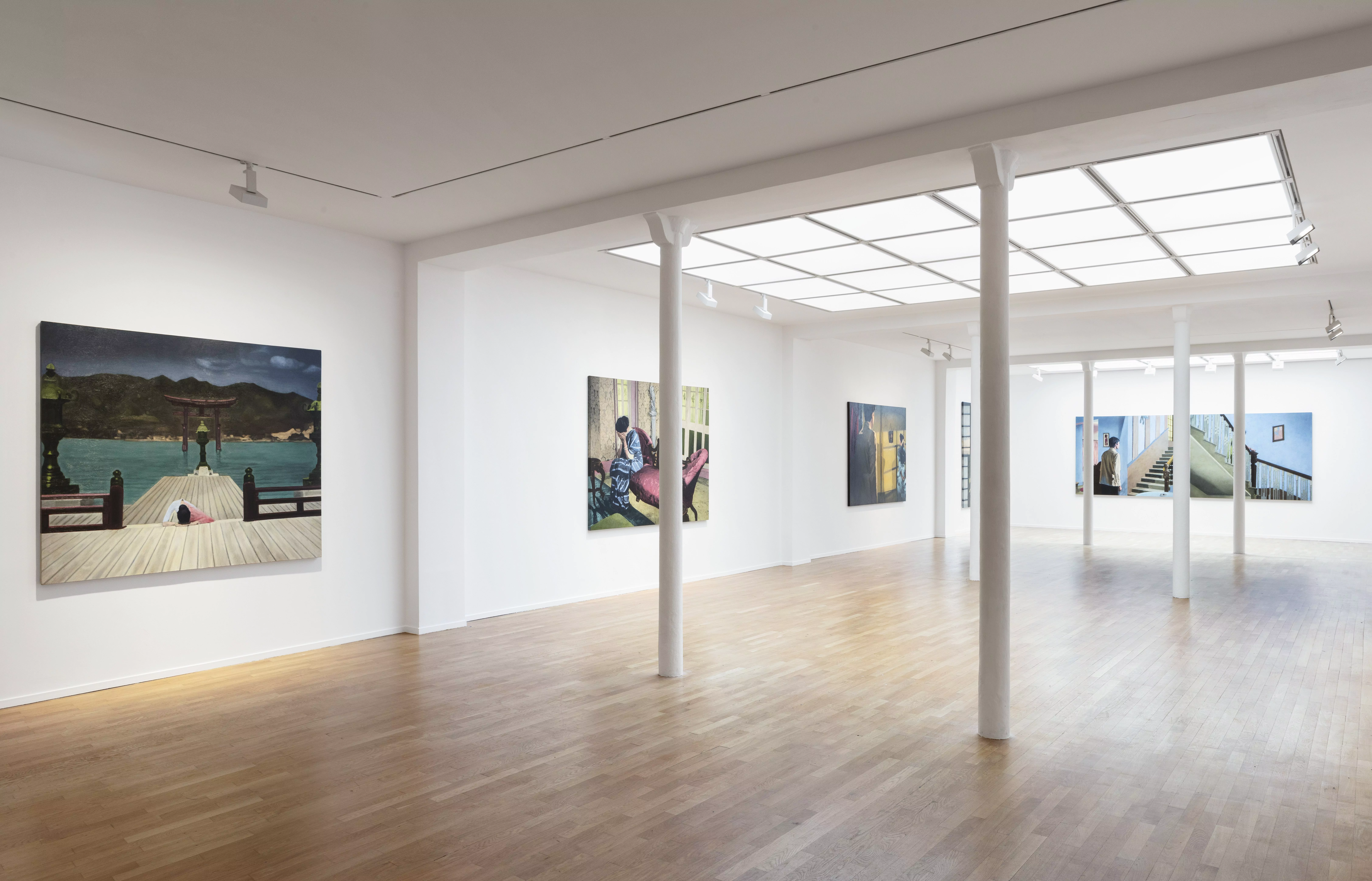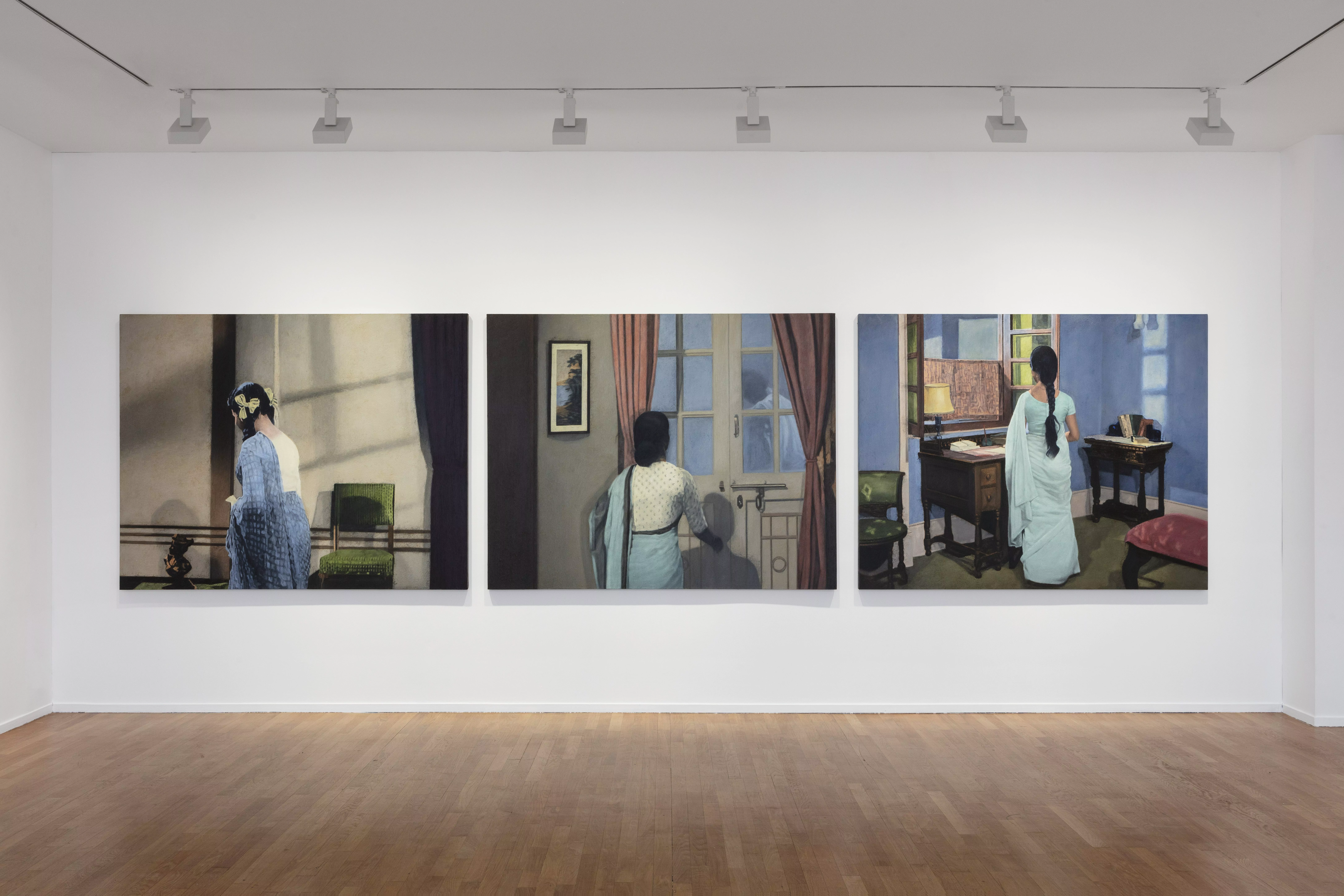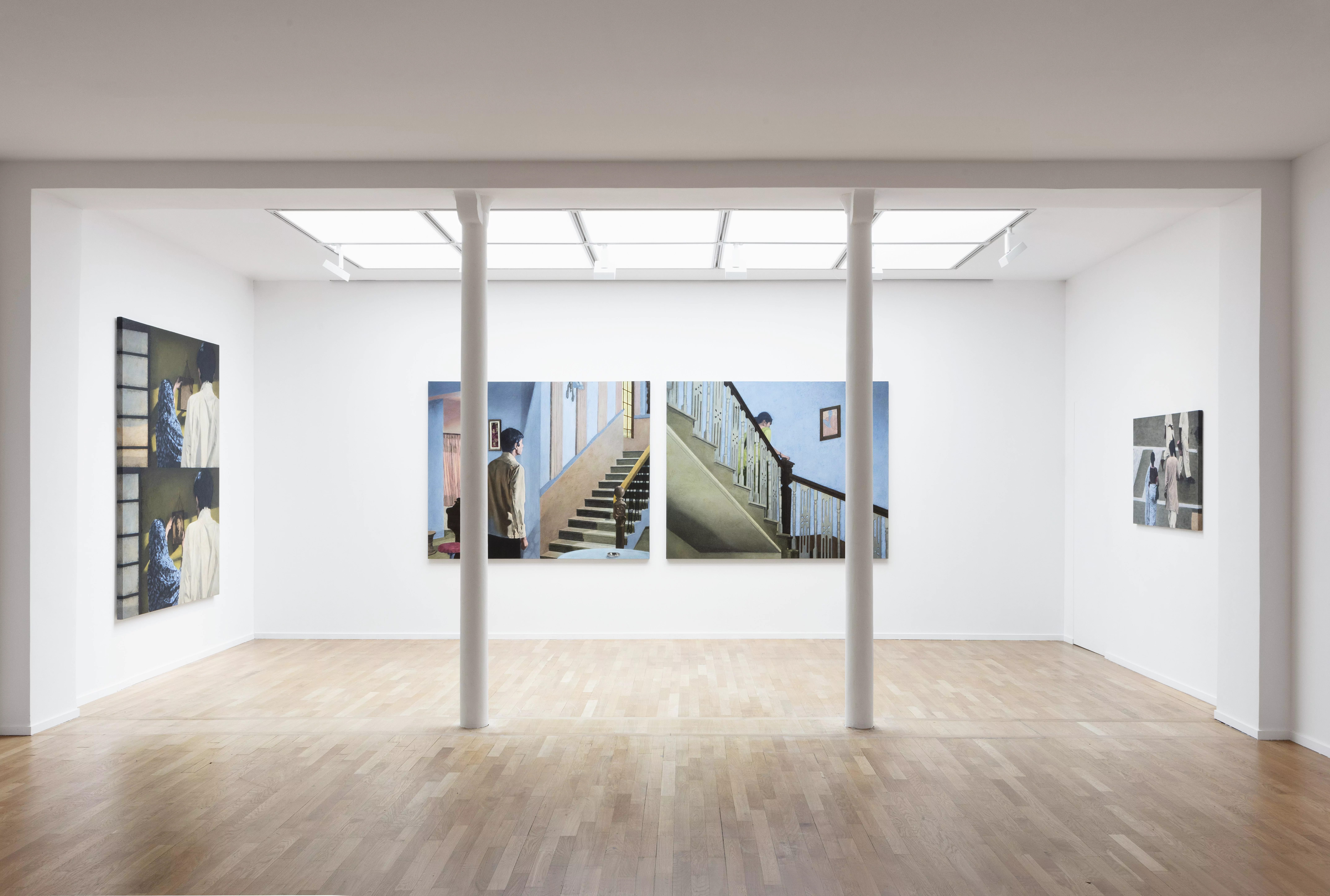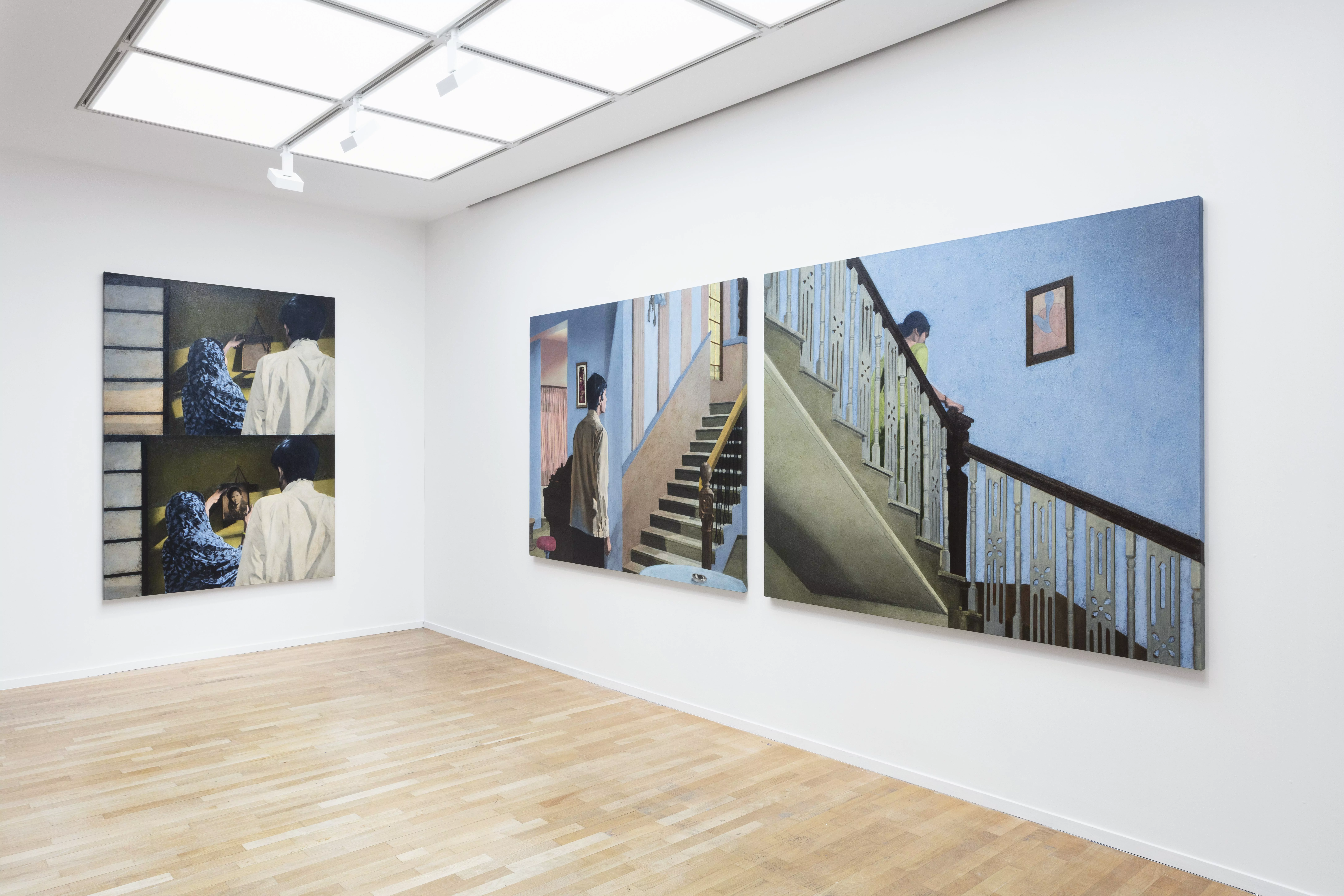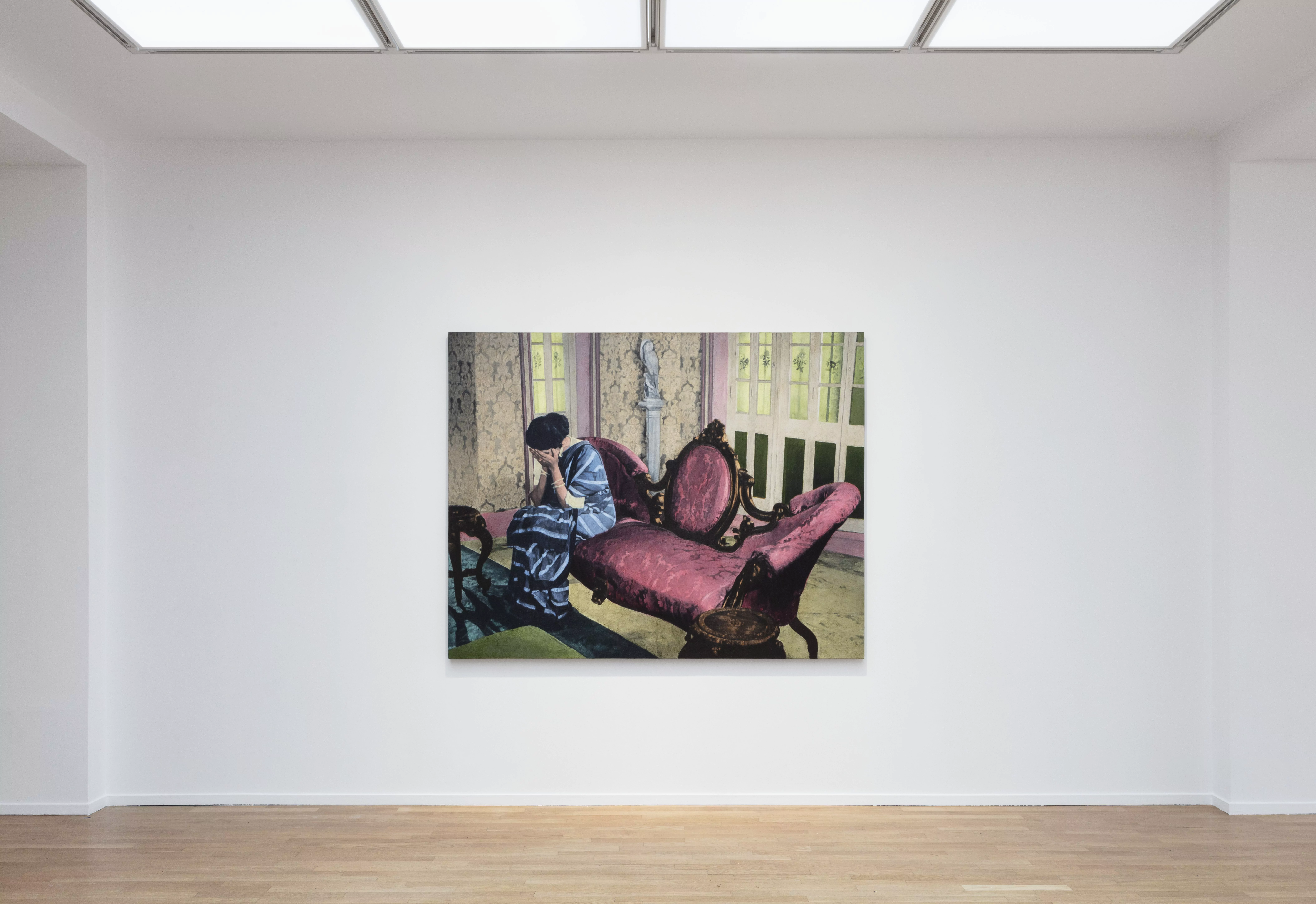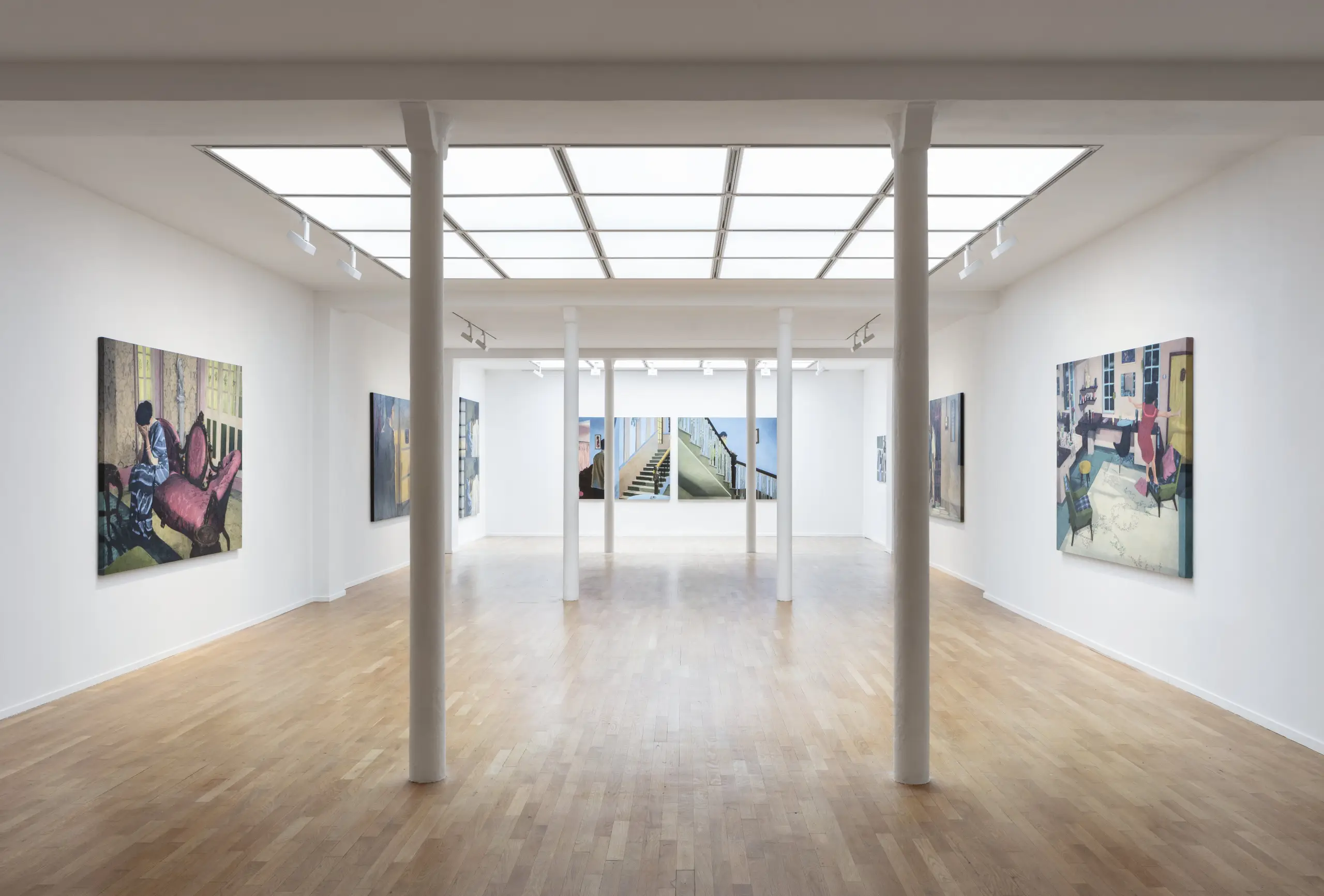
Atul Dodiya
I know you. I do. O’ stranger
Painter Atul Dodiya, regarded as one of the greatest Indian artists of his generation, is showing in Paris a new series of canvases inspired by Bollywood classics.
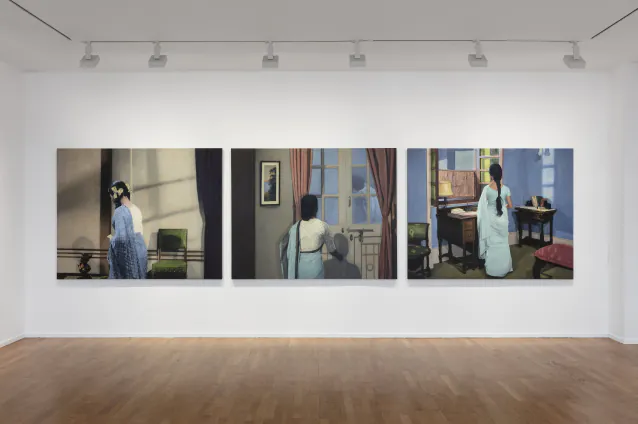
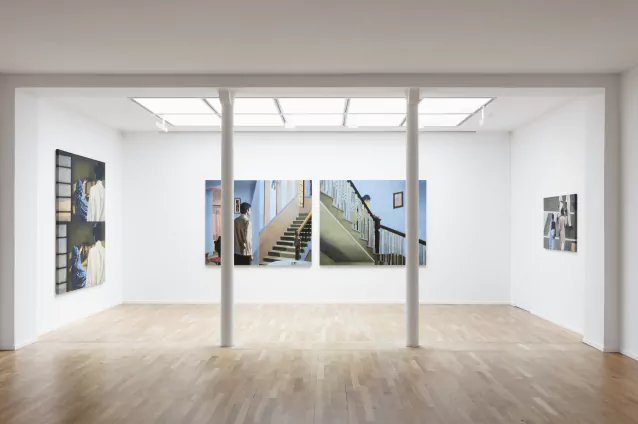
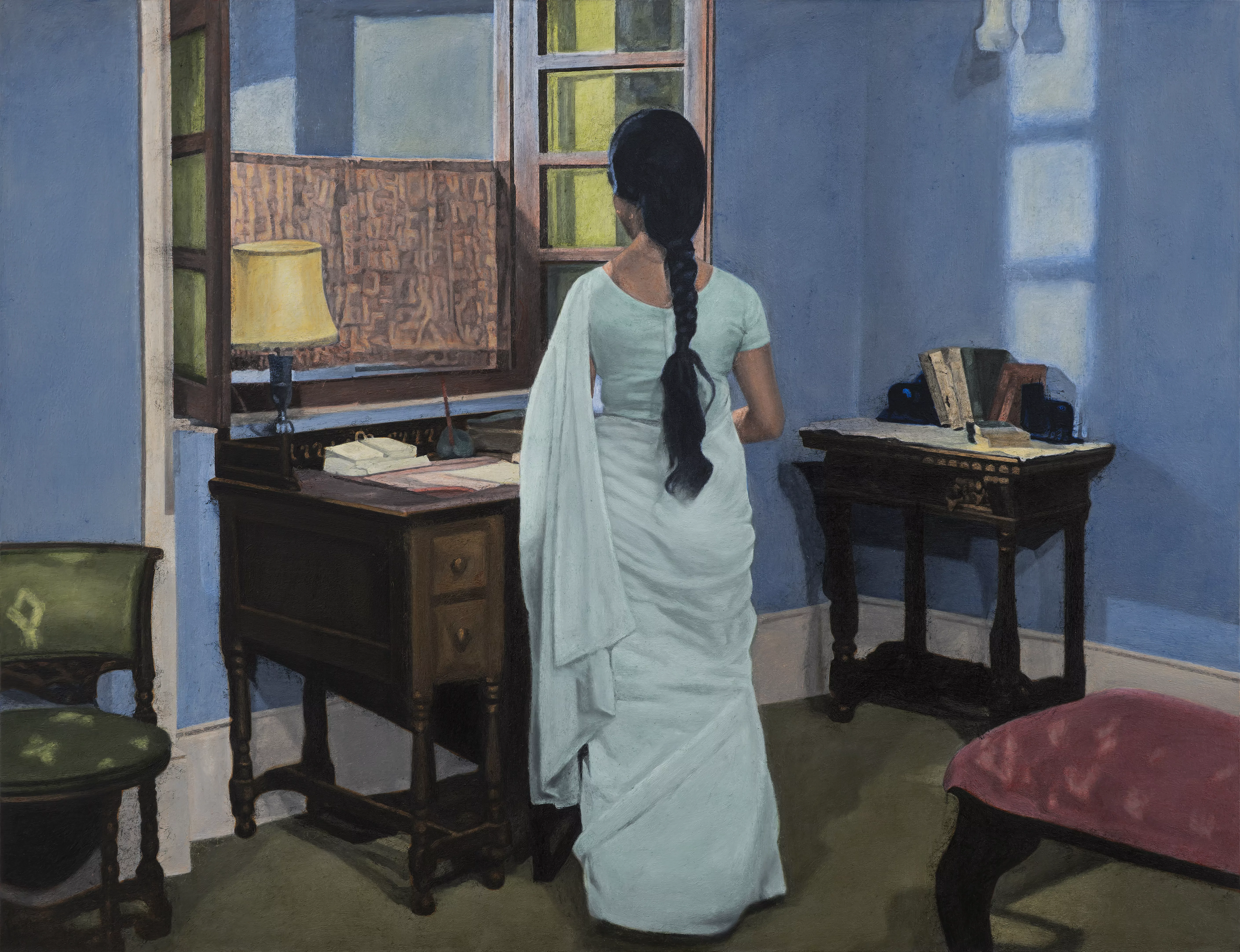
In the early 1990s, while studying at the famous Sir J.J. School of Art in Mumbai, Atul Dodiya spent a year at the Paris École des Beaux Arts. The experience proved decisive in the career of an artist who has been building bridges between the history of Indian and Western art ever since. Passionate about literature and film, he uses a unique language, fluctuating between the figurative and the abstract, where he incorporates references to popular culture, poetry and modern art masters, from Matisse to Motherwell, Picabia to Mondrian. Atul Dodiya possesses an astonishing capacity to reinvent himself and his style, equally happy to draw on photorealism or symbolism. He paints on metal roller shutters, creates photographic assemblages and devises largescale installations combining object and painting. Embedded in his works is a reflection on the history of India and emergence of new political aspirations.
The exhibition’s entry point is the Mumbai movie world of the 1960s that marked the artist’s childhood. The title “I know you. I do. O’ stranger” is inspired by the film Charulata (1964) by Satyajit Ray. The deceptively ordinary chosen scenes are the fruit of complex compositions where the actor’s fame takes a back seat to anonymity. “A recurring theme in my cinematographic stories,” explains the artist, “the characters encounter each other just like strangers.”
Liberated from all narrative context, their mysterious beauty is revealed, leaving the viewer free to interpret their meaning. In the manner of a filmmaker, Atul Dodiya directs our gaze through space, from one canvas to the next.
Certain fragments of a roll of film seemingly pay tribute to the technical feats of cinema. Others highlight the emergence of a new consumer society, with hand-crafted movie sets becoming, in the artist’s hands, some sophisticated furnishings and interiors.
The outward appearance of an economy of means conceals a demanding and meticulous painting technique. Atul Dodiya transforms freeze frame photographs in a preliminary monochrome print. Projected onto the canvas, he goes over the scene in black and white until chiaroscuro transcends movement. He completes the image’s metamorphosis by covering it in translucent oil paint, swapping the vibrant palette favoured by Bollywood films for a pastel, almost ephemeral, colour range. This transformation of the image as it is filmed, photographed, illuminated and colourised becomes a metaphor for the impact of modernity and globalisation on perception and traditions. “In this very personal selection of moments frozen in time,” he continues, “the unreal becomes a new story, another truth.”
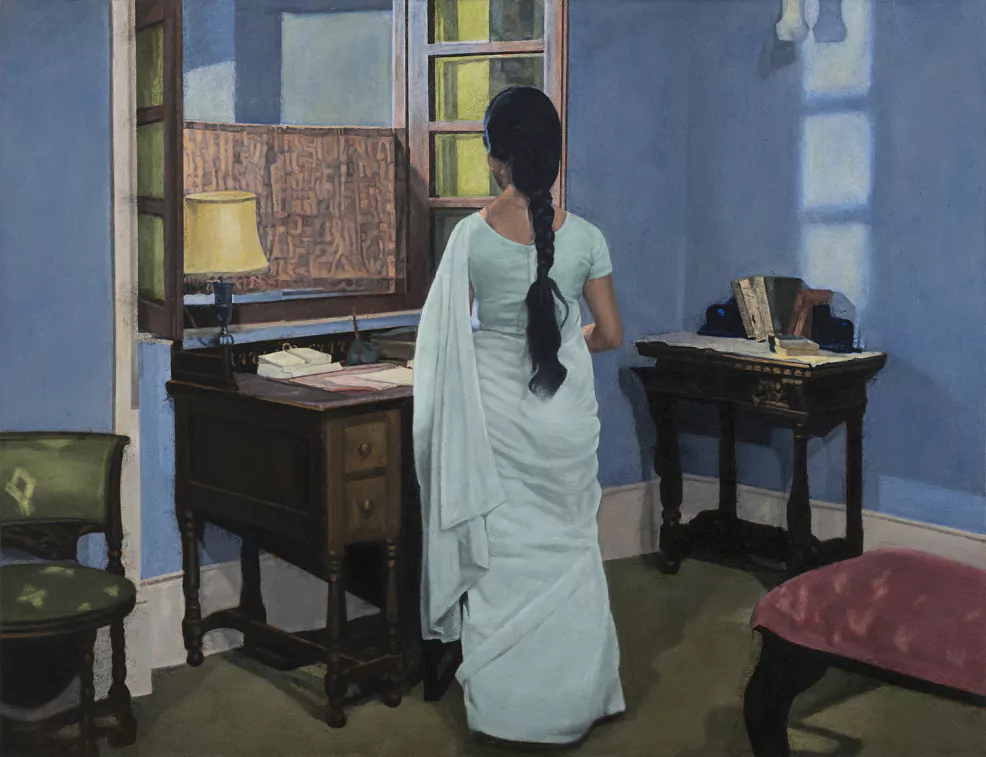
Renu in Dr. Banerjee’s study, 2023
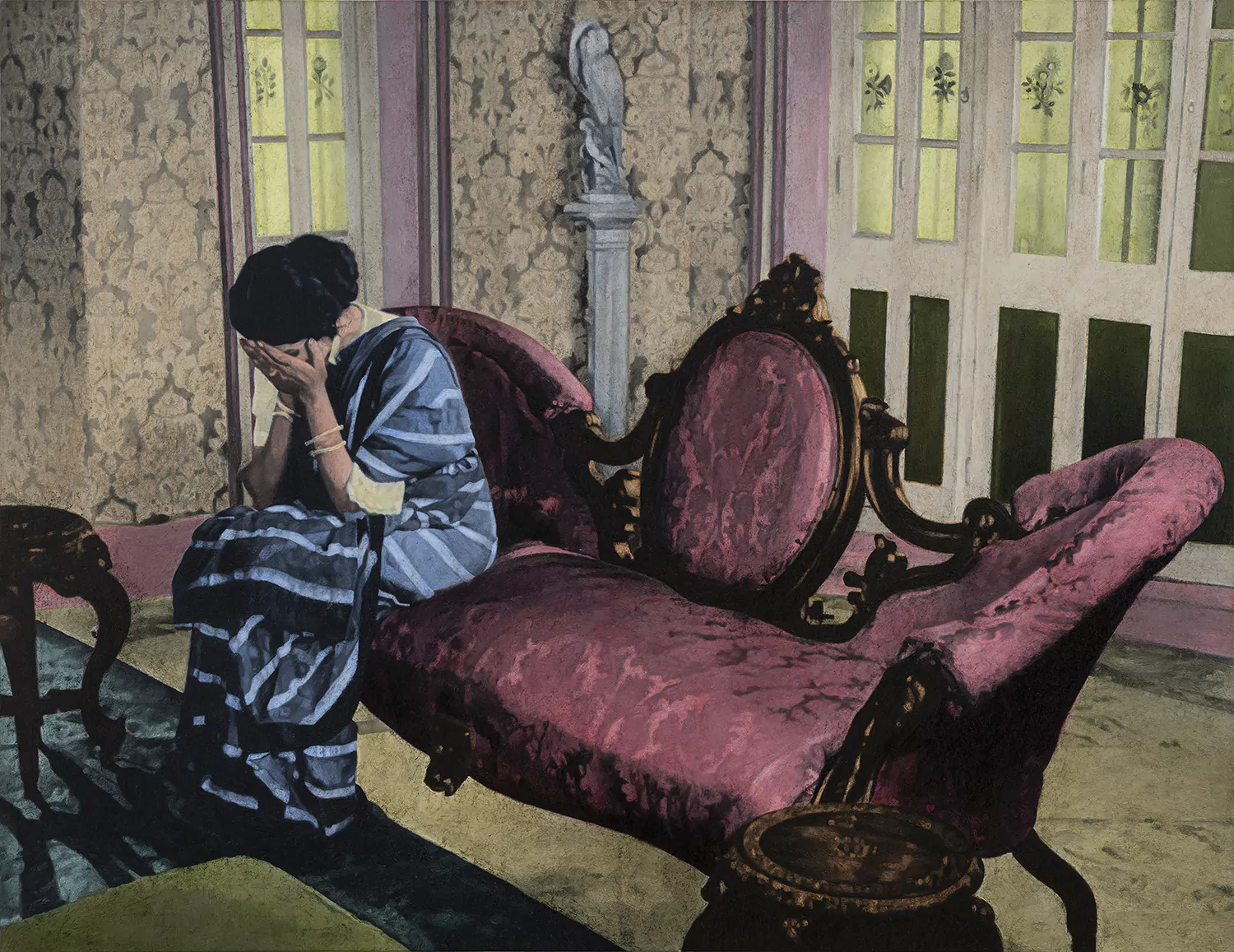
The artist
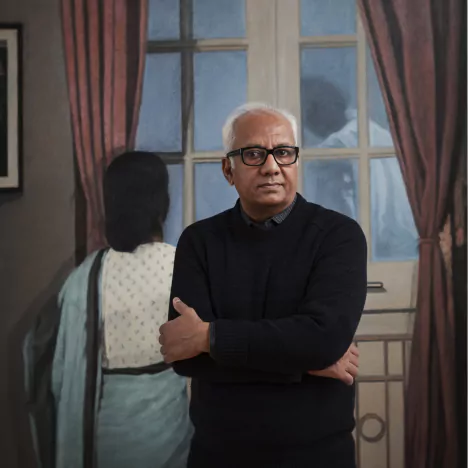
Atul Dodiya was born in 1959 in Mumbai where he lives and works. One of the pioneers of contemporary Indian art, he builds bridges between the history of Indian and Western art. His references to popular culture, cinema and literature point to an underlying political analysis of the aspirations of the Indian middle class and the impact of globalisation on their traditions. Atul Dodiya uses a broad spectrum of media, from his early photo-realism to the works on metal shutters that sealed his international reputation.
